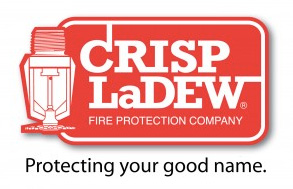UNDERGROUND PIPING
Underground piping is installed early in the project concurrently with civil foundations, earth work,
and electrical duct banks. Prior to beginning any excavation, existing buried commodities must
be reviewed to identify any potential obstructions. In instances where underground obstructions
cannot be avoided, excavation is performed manually or by the use of an air spade or hydrostatic
excavation system.
Excavation activities at operating facilities must be done only with the approval and close
involvement of plant operations and maintenance personnel. Excavation permits documenting
verification of existing commodity locations is normally required at all Bechtel construction sites.
Typical buried piping systems include:
- Fire protection
- Storm water sewers
- Potable water
- Natural gas
- Drainage piping
Fire protection is usually installed in a ring around the site to encompass the work area with a
header provided for all branches. The system must meet National Fire Protection Codes (NFPA)
and any local code requirements. The fire protection system equipment is supplied with
Underwriters Laboratory (UL) or Factory Mutual (FM) approval and must be so identified.
Depending on the type of piping system used, thrust blocks are installed for fire protection piping
at changes in direction, at tees, and at fire hydrants . Thrust blocks provide lateral restraint to
water hammer and loads imposed by water flow. They are usually constructed of poured concrete
or concrete block constructed at desired locations after the piping system has been installed and
tested.
